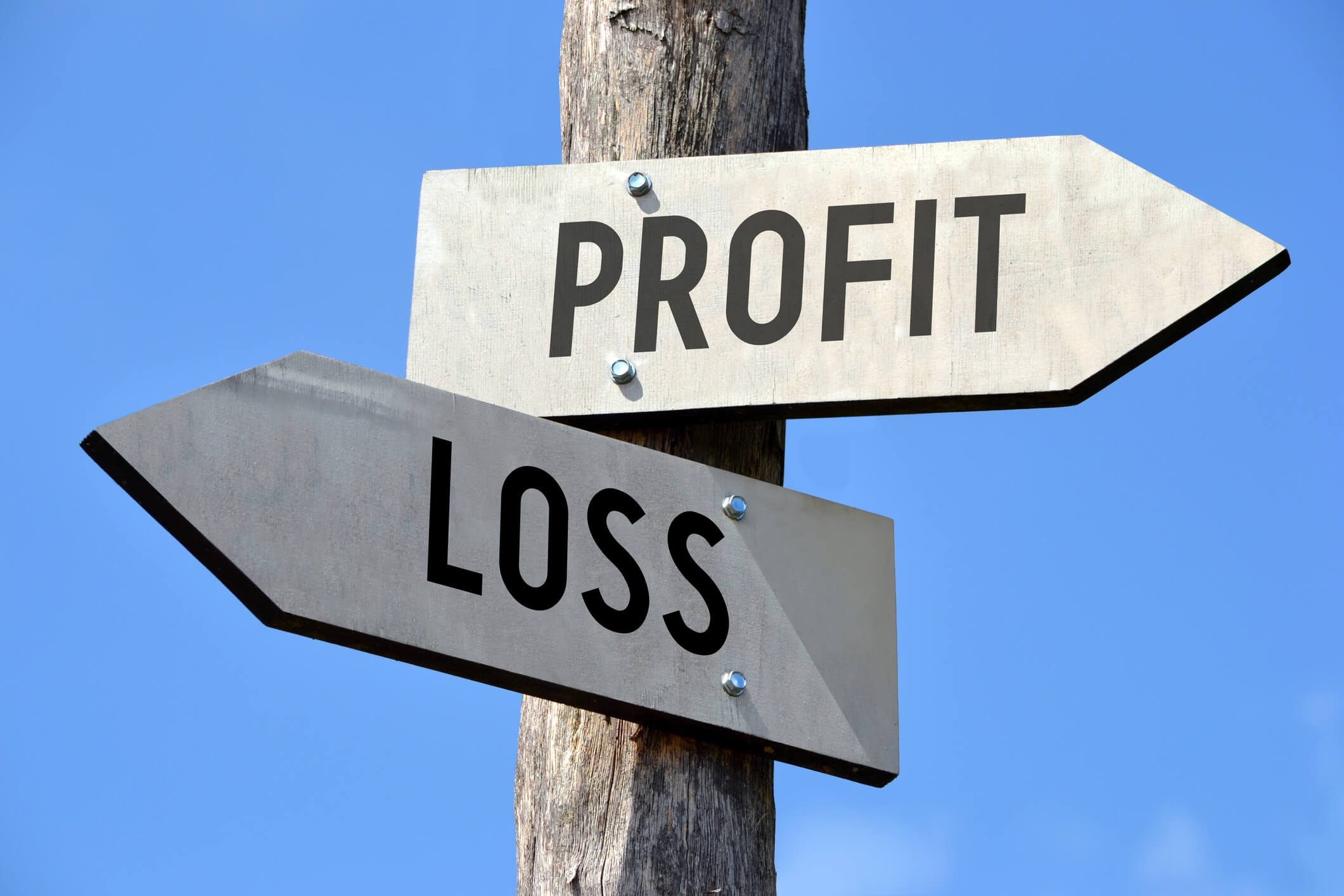A Profit and Loss Statement (P&L) has many different names: Income Statement, Statement of Operations, Statement of Financial Results, and Income Expense Statement. For this article, we will be referring to it as a Profit and Loss Statement. Every public company must submit a quarterly and yearly P&L statement for its shareholders. On the contrary, if your company is privately owned, this is still vital information necessary to look at your company’s growth. A P&L statement is a formal statement that includes what your company spends, how much your company makes, and what that means for you. In this article, we will answer the following questions, “What is a P&L statement? What is the difference between a P&L statement vs. a Balance Sheet, and what is the proper format for a P&L statement.”
What is a Profit & Loss Statement?

As stated before, a P&L Statement is a statement shared with the public (or for personal use if your company is private) that helps you look at your company’s revenue compared to its expenses. Essential factors need to be considered when it comes to company expenses. Are you spending too much? Are you not spending enough to increase revenue? These are the questions answered by creating an in-depth P&L statement. The P&L statement is 1 of 3 that companies release, a Balance Sheet and a Cash Flow Statement. The idea of a P&L statement is to look at the state of a company at any given time. Also, it is used to compare with P&L statements from previous years. This is how you will know whether, this year, your company is creating more revenue, remaining stagnant, or decreasing.
Profit & Loss Statement vs. Balance Sheet
Many people confuse a Profit & Loss Statement with a Balance Sheet. Not to fear! The two are different but work as a team. As stated before, a Balance Sheet and P&L Statement are 2 of 3 statements a company will release every quarterly. Therefore, they go together but include different data.
Simply put, a Balance Sheet is a “snapshot,” as many call it, of a company’s assets and liabilities. They are otherwise known as what the company owns and what they owe at any given moment. The people who are most interested in this information are investors and creditors. Creditors, in particular, can determine whether a company qualifies for a loan or additional credit. A P&L Statement, on the other hand, is an overall account for every expense and profit that comes into play in determining a company’s overall success in that period.

Format of a Profit & Loss Statement
There is no “official” format for a P&L Statement. However, some categories must include Sales and Revenues, costs (operating/supplies/tax expense/interest expense), and net profit. Think of the Format for a P&L statement like a math equation. Revenues – Cost = Profit. Here, we will take a look at each.
Revenues and Sales
Revenues and Sales are known as the “top line” of the P&L statement. It is the top line simply because it is what you will subtract from. This category should be broken down into subcategories depending on what your company looks like and the products it offers. Subcategories of Revenues and Sales are determined by how many services or products your company provides. Ultimately, you will have the last subcategory labeled “total sales,” which is the total of all your sales.
Costs

This is the meat of your P&L statement. This needs to be subcategorized by every type of cost your company has:
- Cost of manufacturing/cost of maintaining supplies
- Cost of operations (can be further broken down by office supplies, payroll, etc.)
- Cost of interest (loans)
These are the three basic categories of Costs that a P&L statement must include. Depending on your company, it can also include the cost of research and development and the cost of selling products. You may find other additional charges your company needs to report not listed here.
Net Profit
This is your conclusion for your P&L Statement. After you have stated your Sales and revenues and subtracted costs, you now have your Net Profit before Taxes. Your next category needs to be Tax Provisions (how much you paid in taxes). After subtracting your taxes, you now have your Net profit.
 About Complete Controller® – America’s Bookkeeping Experts Complete Controller is the Nation’s Leader in virtual bookkeeping, providing service to businesses and households alike. Utilizing Complete Controller’s technology, clients gain access to a cloud platform where their QuickBooks™️ file, critical financial documents, and back-office tools are hosted in an efficient SSO environment. Complete Controller’s team of certified US-based accounting professionals provide bookkeeping, record storage, performance reporting, and controller services including training, cash-flow management, budgeting and forecasting, process and controls advisement, and bill-pay. With flat-rate service plans, Complete Controller is the most cost-effective expert accounting solution for business, family-office, trusts, and households of any size or complexity.
About Complete Controller® – America’s Bookkeeping Experts Complete Controller is the Nation’s Leader in virtual bookkeeping, providing service to businesses and households alike. Utilizing Complete Controller’s technology, clients gain access to a cloud platform where their QuickBooks™️ file, critical financial documents, and back-office tools are hosted in an efficient SSO environment. Complete Controller’s team of certified US-based accounting professionals provide bookkeeping, record storage, performance reporting, and controller services including training, cash-flow management, budgeting and forecasting, process and controls advisement, and bill-pay. With flat-rate service plans, Complete Controller is the most cost-effective expert accounting solution for business, family-office, trusts, and households of any size or complexity.




